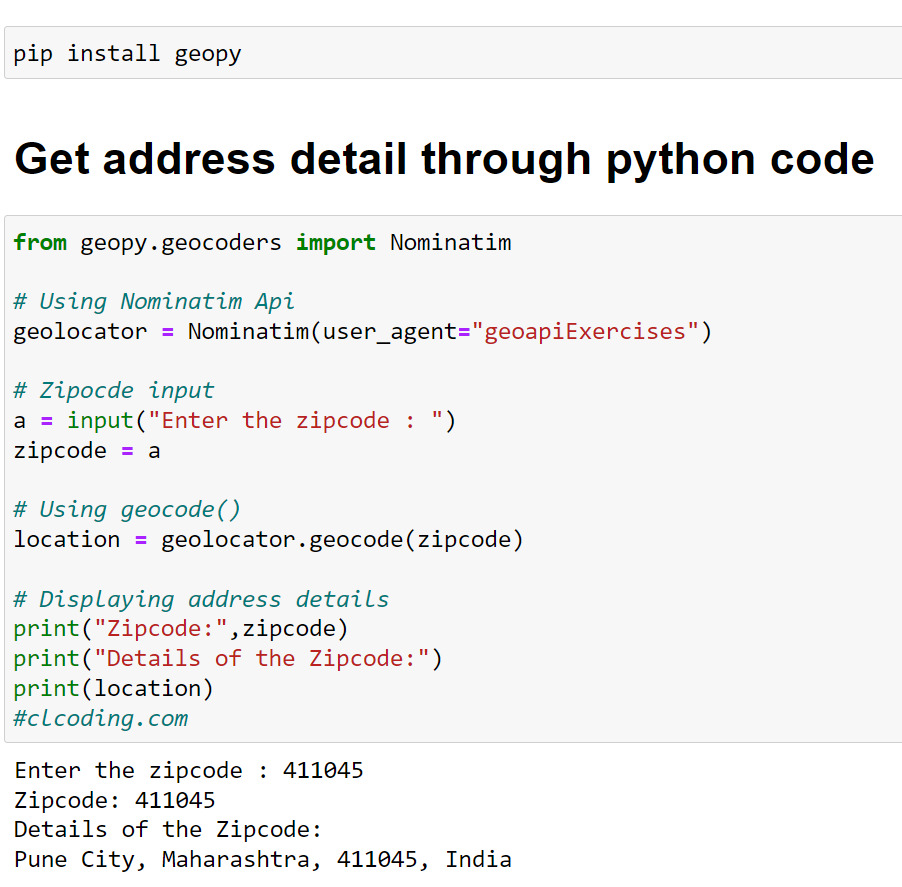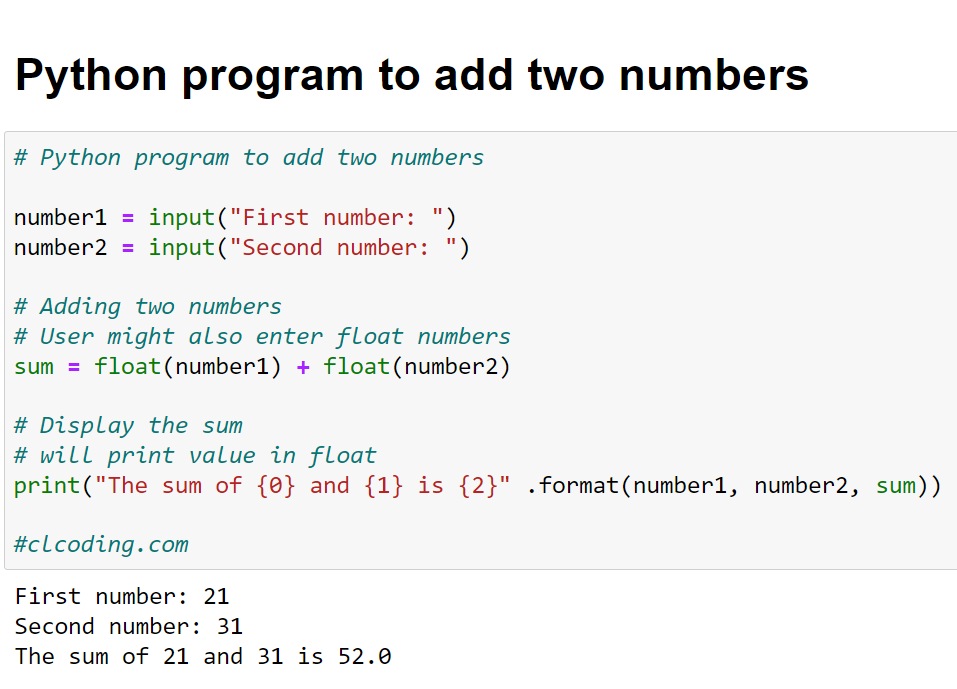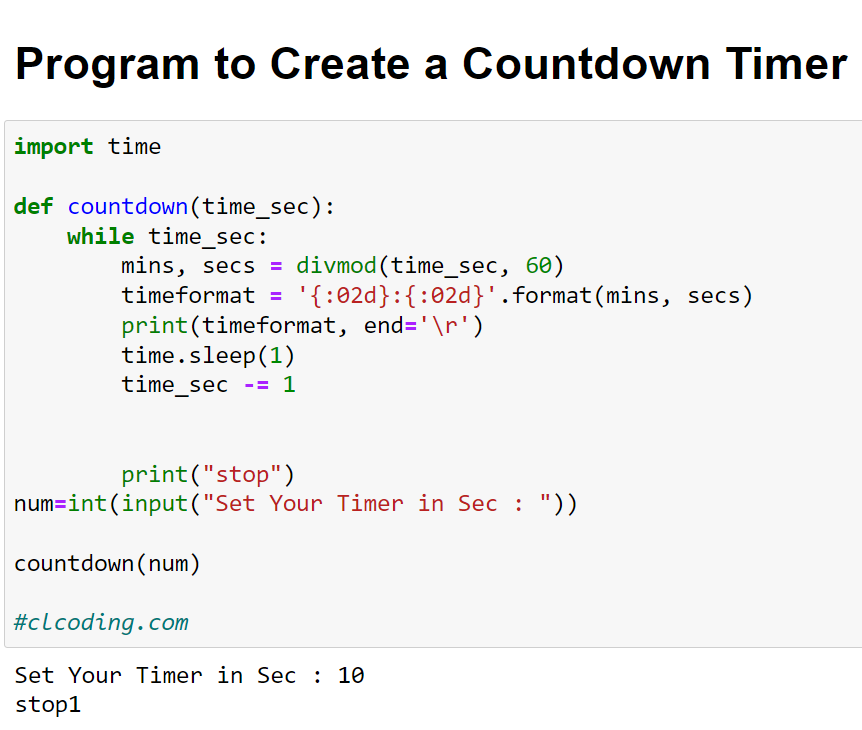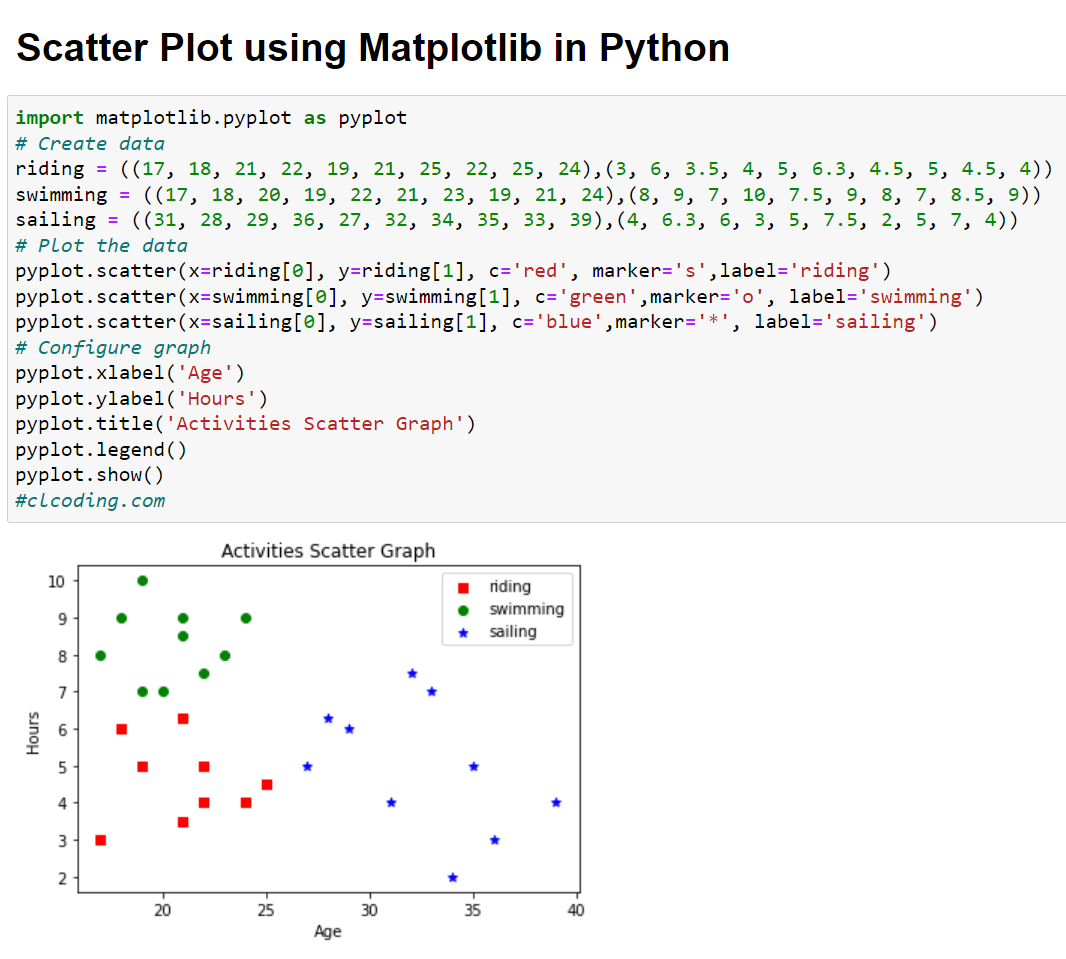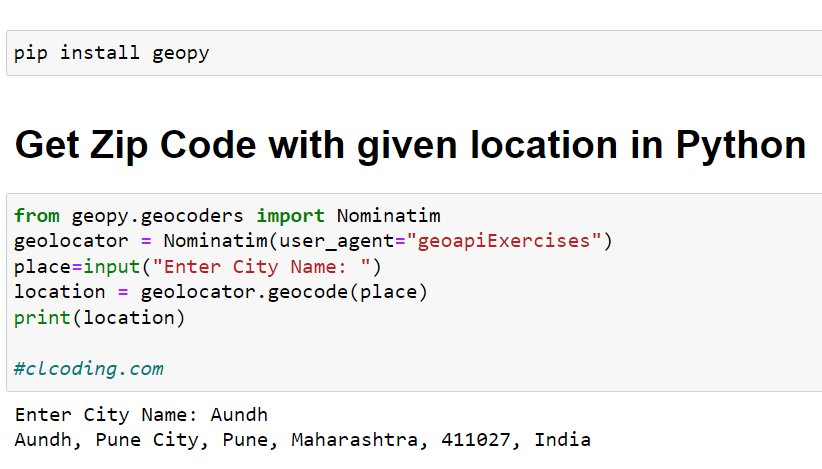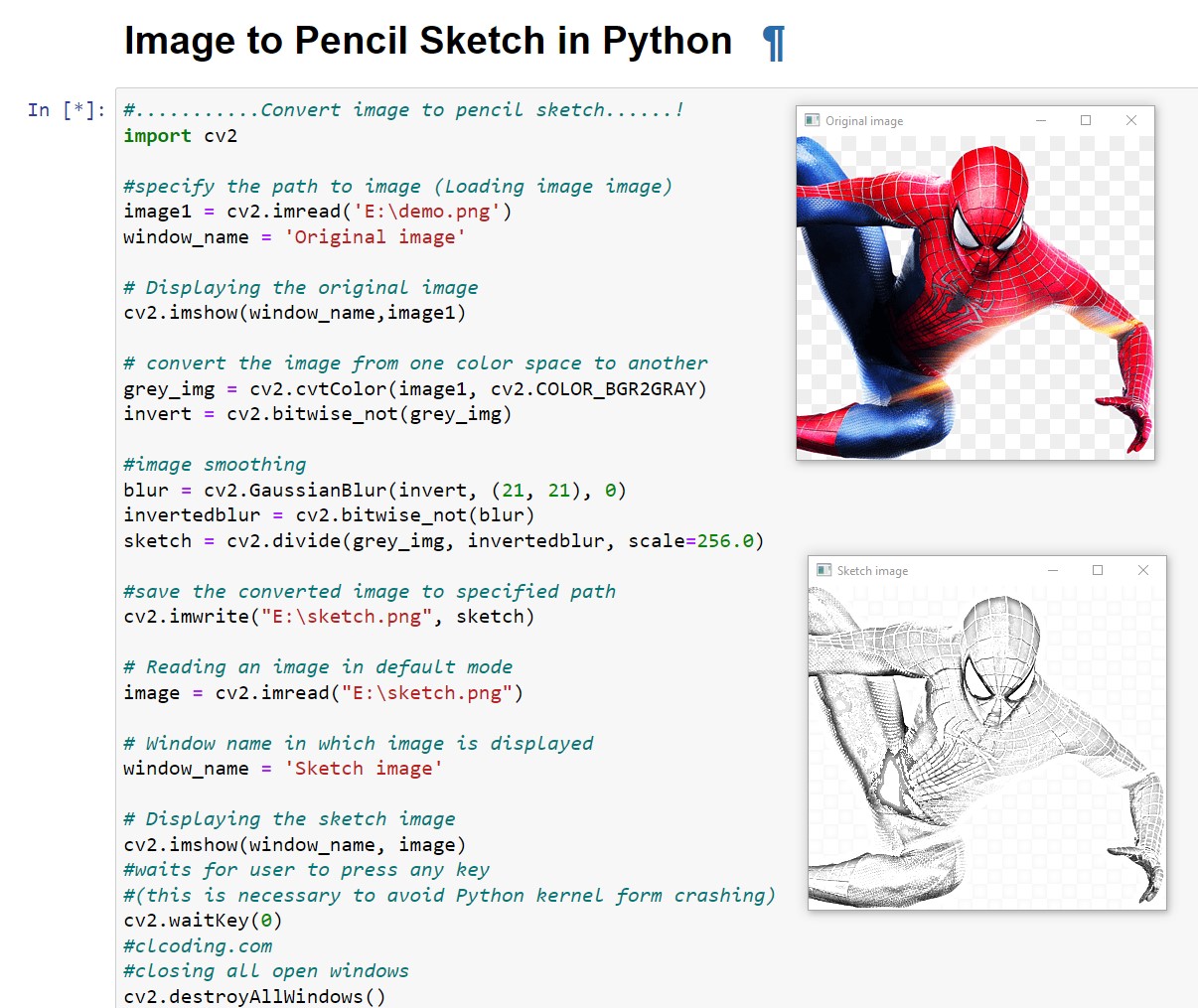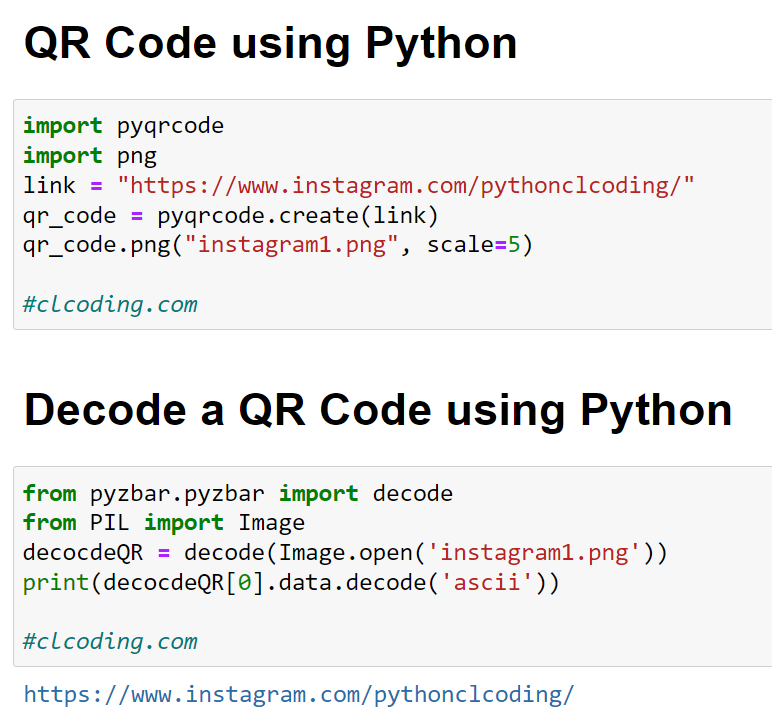from captcha. Image import ImageCaptcha
# Specify the image size
image = ImageCaptcha(width = 300, height = 100)
# Specify the Text for captcha
captcha_text = input("Enter Captcha text : ")
# generate the image of the given text
data = image.generate(captcha_text)
#clcoding.com
# write the image on the given file and save it
image.write(captcha_text, 'E:\CAPTCHA1.png')
from PIL import Image
Image.open('E:\CAPTCHA1.png')




